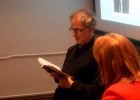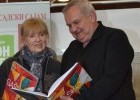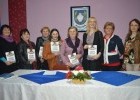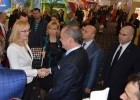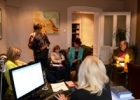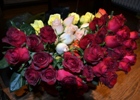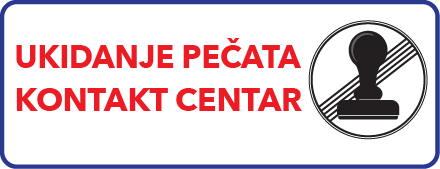“Maják“ (Lighthouse) 2010
With a great delight we are presenting to you the second edition of the Cultural Institute of Vojvodina's Slovaks yearbook - Maják 2010. Like in our first edition, our main aim is to denote everything that has been acomplished suring the past year. And to show through our yearly work the cultural context and forms of Vojvodinas Slovaks which exists nowadays. Despite the fact that most of those texts were published on our web site www.slovackizavod.org.rs and those who visit the portal are informed about our activities dayli, by our opinion this peculiar annual report has its foundation.
By this printed version many other readers will meet with the Institute's acitivity, who has not yet encountered with its work or the contents of Slovak culture globally. Thats what is our main goal to reach the highest level of transparency in work which will be noticable in reality and by a concrete results.
 |
“Maják“ should serve as an informant about everything that we were working with in the past period. In the same time it shows the advancement which we would like to acomplish, acording to a long term plans. At the same time that transparency is also important for a kind of selfevaluation, when we can selfexamine the asset and minusses already implemented projects and by that make a better definition for the future plans.
By founding many cultural institutes which are supposed to be instruments in realization wider powers of national minorities in darning their own culture. Due to this we have a bigger responsibility to fullfil assignments which are in line with broadly recognized standards. That means that often the fragile minority capacities have to be systematically, so they will be conveniently ready to respond to entrusted task and competencies.
In the second year of proceeding we can allege, that the Cultural Institute has fairly maped the strong and in the same time weak sides of the total Slovak cultural system. These analysis result from longterm projects, which will be realized in the future. Every single one of those projects needs a exceptional cooperation with the cultural workers from different departements, which is a role of the Cultural Institute to organize and motivate them with a goal to make better the cultural production.
Beside the high requirements of the professionality we have to obtain also not small dose of entusiasm which will be helpful in preserving the Vojvodina's Slovaks culture in time which are yet to come.




